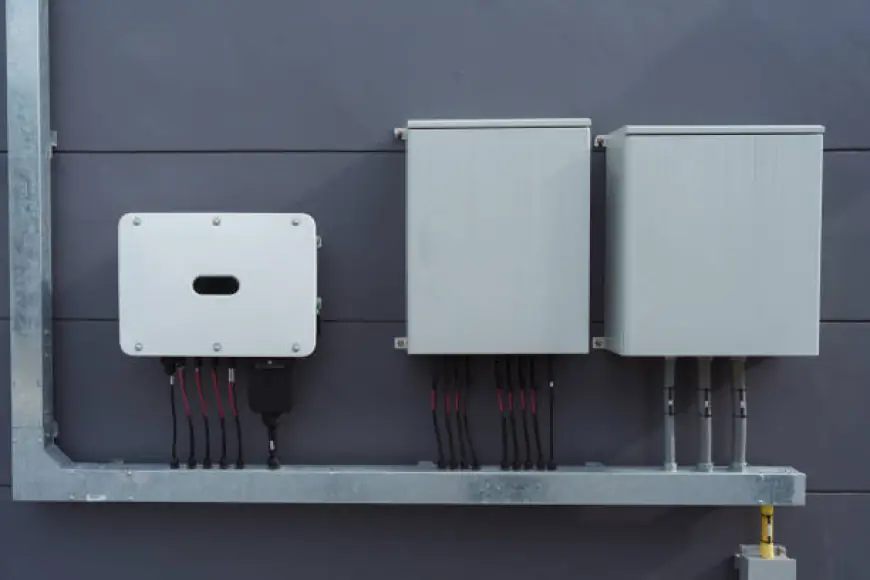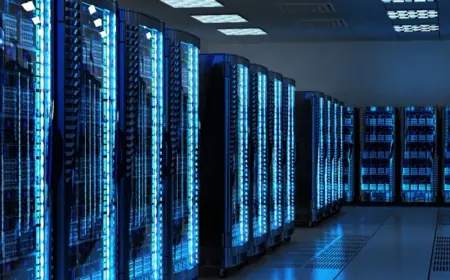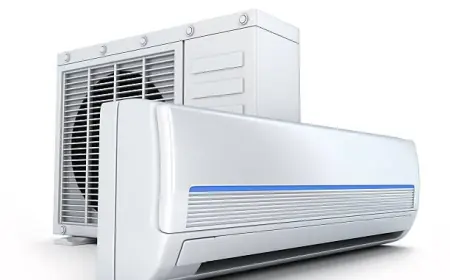DC to AC Inverters: The Heart of Modern Power Conversion
In today’s rapidly evolving energy landscape, DC to AC inverters play a central role in enabling the efficient use of power.

In today’s rapidly evolving energy landscape, DC to AC inverters play a central role in enabling the efficient use of power. These devices transform direct current (DC) electricity into alternating current (AC), which is the most commonly used type of electrical power for both household and industrial applications. Whether in renewable energy systems, electric vehicles, or backup power units, inverters are indispensable for making energy usable and efficient. This article explores the principles, types, and applications of DC to AC inverters, highlighting their significance across multiple sectors.
The Function of DC to AC Inverters
A DC to AC inverter is an electrical device that converts DC power into AC power. Direct current (DC) flows in one direction, while alternating current (AC) periodically changes direction. DC electricity is typically produced by sources like batteries, solar panels, and wind turbines, but most household appliances and power grids rely on AC. Inverters bridge this gap by converting the DC energy into AC power that can be used by conventional electrical systems.
How Do Inverters Work?
Inverters operate by using semiconductor devices like transistors, diodes, and oscillators to rapidly switch the DC input on and off. The process creates a fluctuating voltage, which mimics an AC waveform. The inverter also controls the frequency of the output (usually 50 Hz or 60 Hz) and ensures that the voltage level is compatible with the system it is powering.
A key characteristic of inverters is the type of AC waveform they produce. The quality and form of the AC output can vary, and different applications require different waveforms for optimal performance. Inverters are thus classified into three main types based on the waveform they generate: square wave, modified sine wave, and pure sine wave.
Types of DC to AC Inverters
Inverters differ primarily in the type of AC waveform they generate. These waveforms range from simple square waves to the smooth sine waves used by power grids. The three main types of DC to AC inverters are:
1. Square Wave Inverters
Square wave inverters are the simplest form of inverter and produce a square-shaped AC waveform. The voltage alternates abruptly between positive and negative values. Square wave inverters are the most basic and least expensive but provide low-quality power. They are suitable for basic applications such as powering simple resistive loads like light bulbs or heaters. However, they can cause inefficiency and potential damage to more sensitive equipment.
Advantages:
-
Very affordable
-
Simple design and easy to manufacture
-
Suitable for low-power applications
Disadvantages:
-
Low-quality output
-
Incompatible with most modern electronics
-
Can damage sensitive appliances over time
2. Modified Sine Wave Inverters
Modified sine wave inverters generate a stepped waveform that is a more refined approximation of a sine wave. These inverters are more versatile than square wave inverters and are commonly used to power household appliances, tools, and small electronics. However, while they are suitable for many devices, the stepped waveform can cause issues like noise or overheating in motors and certain sensitive electronics.
Advantages:
-
More efficient than square wave inverters
-
Widely used in general applications like lights, fans, and power tools
-
Lower cost compared to pure sine wave inverters
Disadvantages:
-
Can cause noise or interference in motors and appliances
-
Less efficient with sensitive electronics (computers, audio equipment)
-
Not ideal for high-end appliances
3. Pure Sine Wave Inverters
Pure sine wave inverters produce the highest quality power output, generating a smooth and continuous waveform that closely matches the electricity provided by utility companies. These inverters are ideal for sensitive devices such as computers, medical equipment, and high-end appliances. Although pure sine wave inverters are more expensive than the other types, they offer superior efficiency, minimal interference, and the best protection for electronics.
Advantages:
-
High-quality, clean power output
-
Suitable for all types of appliances, including sensitive electronics
-
More efficient and generates less heat
Disadvantages:
-
Higher initial cost
-
More complex design
-
Requires more advanced components
Applications of DC to AC Inverters
DC to AC inverters are used in a wide array of applications across different sectors. Their ability to convert DC power into usable AC electricity makes them indispensable in modern power systems.
Renewable Energy Systems
In renewable energy systems like solar power, inverters play a crucial role. Solar panels generate DC electricity, but most appliances and the power grid operate on AC power. Inverters are used to convert the DC electricity generated by solar panels into AC, enabling its use for home appliances or to be fed into the grid. Solar inverters also improve the efficiency of the solar system by adjusting the output to the required voltage and frequency.
In wind energy systems, inverters similarly convert the DC output from wind turbines into AC, which is used in homes, businesses, or the grid. The combination of solar and wind with inverters is helping to accelerate the transition to clean, renewable energy sources.
Backup Power Solutions
DC to AC inverters are essential in backup power solutions, such as uninterruptible power supplies (UPS). A UPS system typically stores DC electricity in batteries and converts it to AC when there is a power outage. This ensures that critical systems such as computers, medical equipment, and servers continue to operate without interruption during blackouts. Inverters in UPS systems ensure that stored energy is effectively converted and utilized in emergencies.
Electric Vehicles (EVs)
Electric vehicles rely heavily on DC to AC inverters. The batteries in EVs store DC power, but the electric motor that drives the vehicle requires AC power. Inverters are responsible for converting the DC from the battery into AC, which powers the motor. These inverters also control the speed and torque of the motor, ensuring efficient and smooth operation of the vehicle.
Off-Grid Living
For people living off the grid or in remote locations, DC to AC inverters are key components in off-grid power systems. These systems typically use solar panels or wind turbines to generate DC electricity, which is then stored in batteries. Inverters convert the stored DC power into AC, making it possible to power everyday appliances like refrigerators, lights, and televisions. Off-grid systems often rely on a combination of renewable energy and energy storage, with inverters enabling users to live without a traditional power grid.
Recreational Vehicles (RVs) and Mobile Power Solutions
DC to AC inverters are also popular in recreational vehicles (RVs) and other mobile power setups, like boats and camping trailers. These systems often use batteries to store power and inverters to convert the stored DC electricity into AC. This allows travelers and outdoor enthusiasts to use standard household appliances while on the go, such as lights, air conditioning, and entertainment systems.
Conclusion
DC to AC inverters are vital devices that make DC power usable in a wide range of applications, from renewable energy systems to backup power, electric vehicles, and off-grid living. By converting DC to AC, inverters enable the efficient use of power in our homes, businesses, and infrastructure. With various types of inverters available to suit different needs, from basic square wave models to high-end pure sine wave inverters, these devices are at the heart of many modern electrical systems. As the world moves toward cleaner, more sustainable energy solutions, inverters will continue to play a crucial role in shaping the future of energy conversion.
What's Your Reaction?
 Like
0
Like
0
 Dislike
0
Dislike
0
 Love
0
Love
0
 Funny
0
Funny
0
 Angry
0
Angry
0
 Sad
0
Sad
0
 Wow
0
Wow
0


















































